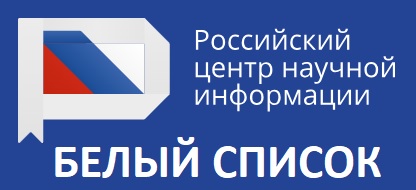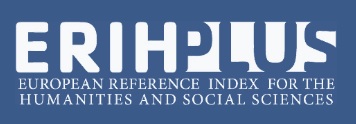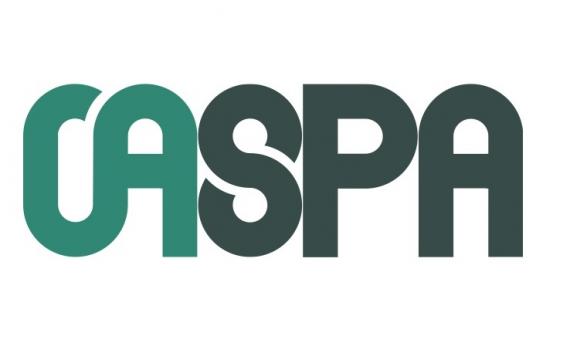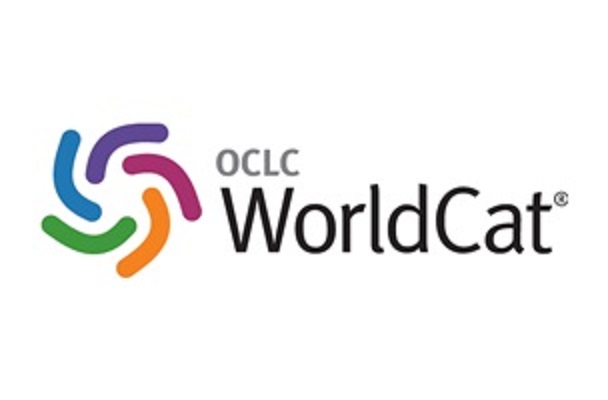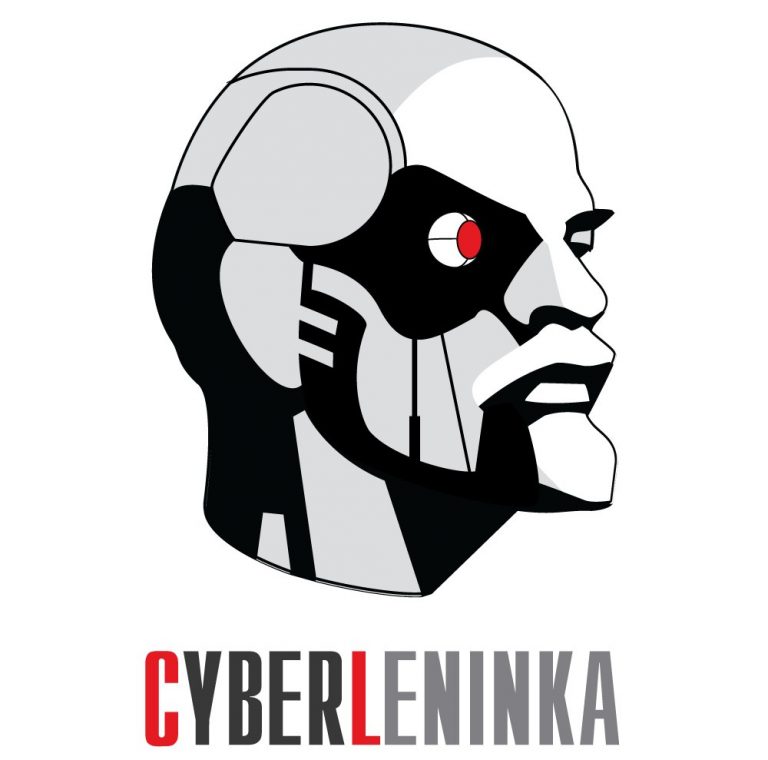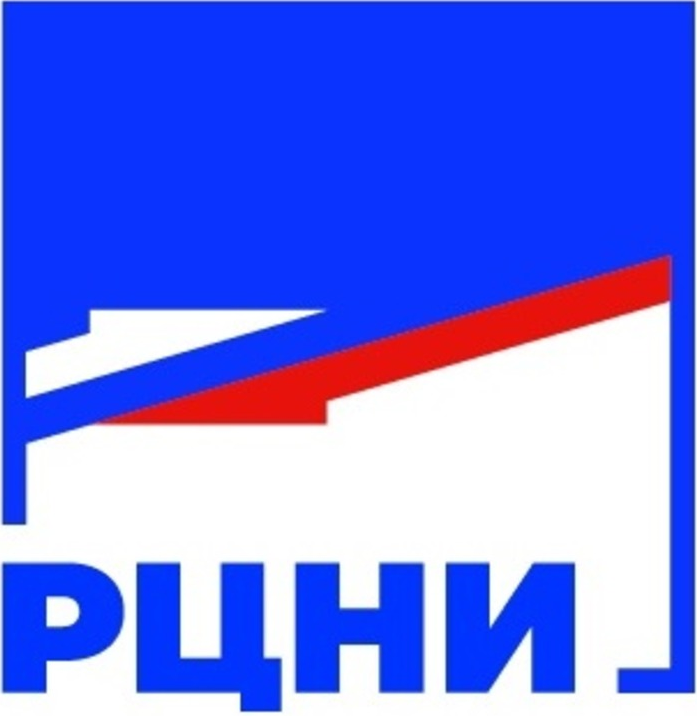Original article
https://doi.org/10.15507/2076-2577.017.2025.02.152-164
https://elibrary.ru/wjjfxs
УДК / UDC 741:81’42 Туве Янссон
Drawing as a Paralinguistic Phenomenon in Literary Texts (a Case Study of Tove Jansson’s Works)
S. P. Cherkashina
Synergy University, Moscow, Russian Federation
Abstract
Introduction. The uniqueness of Tove Jansson’s persona lies in her dual role as both a writer and an artist who personally illustrated her own literary works, particularly the Moomin stories examined in this study. While Russian scholarship has so far focused solely on textual analysis of Jansson’s narratives, no dedicated studies have explored her illustrations. The aim of this study is to examine the correlation between the verbal component (expressed through occasionalisms) and iconic signs (represented by illustrations). The scholarly novelty of this work consists in investigating illustrations as elements of iconic code within the Moomin narratives. The article presents a methodological framework for analyzing drawings as iconic signs.
Materials and Methods. The research material comprises Tove Jansson’s illustrations for the novellas from the Moomin series. The rationale for selecting this material lies in the opportunity to examine the methods of nominating fictional characters created by a writer from a distinct linguistic reality, as well as to determine the semantic peculiarities, functions, and nature of the interrelation between the illustrations and the verbal component. To analyze extratextual structures, the study employs a structural-semiotic method, alongside a distributional method, which enables the investigation of semantic relationships between words. The application of the phenomenological-hermeneutic method has made it possible to reveal the specifics of the author’s consciousness and objectively examine the meaning of the literary text.
Results and Discussion. The analysis of Tove Jansson’s illustrations depicting the Moomin family characters was conducted using an original model designed to reveal the interrelation between nonverbal and verbal components at the levels of expression (linguistic component), content (semantic dimension of the linguistic component), and representation (visual manifestation of the linguistic component) within a creolized text. The study revealed that the illustrations in the narratives lack semantic and structural autonomy, as they exist in complementary (mutually reinforcing) relations with the verbal component – specifically, nominative occasionalisms. The illustrations concretize their meaning, resolving the issue of ambiguous interpretation and contributing to textual conciseness.
Conclusion. The findings obtained from the analysis of creolized texts by T. Jansson can be applied in teaching such disciplines as “Foreign Philology: Finnish Language and Literature” and “Literature of Scandinavia and Finland”.
Keywords: Finnish literature, Tove Jansson, paralinguistics, paralanguage, creolized text, iconic signs, picture
Conflict of interest: The author declares no conflict of interest.
For citation: Cherkashina S.P. Drawing as a Paralinguistic Phenomenon in a Literary Text (a Case Study of Tove Jansson’s Works). Finno–Ugric World. 2026;17(2):152–164. https://doi.org/10.15507/2076-2577.017.2025.02.152-164
Information about the author:
Svetlana P. Cherkashina, Cand.Sci. (Philol.), Associate Professor of the Philology Department, Synergy University (80В, bld. 5 Leningradsky Prospekt, Moscow 125315, Russian Federation), ORCID: https://orcid.org/0009-0000-1816-2452, SPIN-code: 8218-1084, svechka8@mail.ru
Author has read and approved the final manuscript.
Submitted 27.01.2025; revised 31.03.2025; accepted 04.04.2025.



